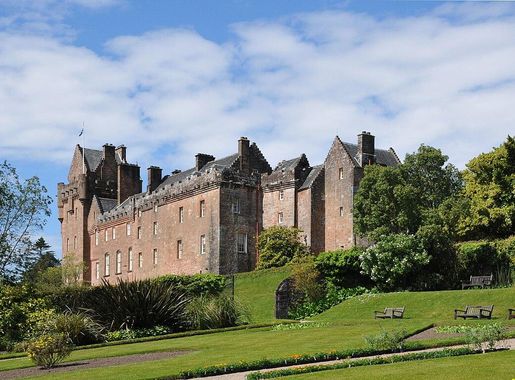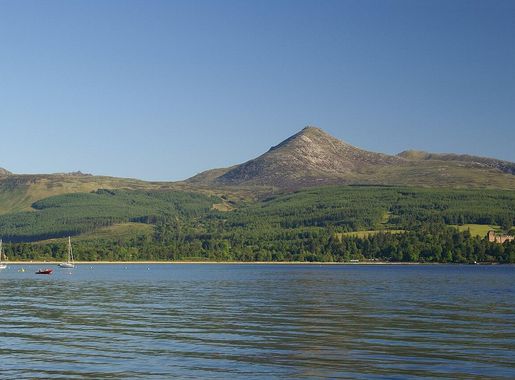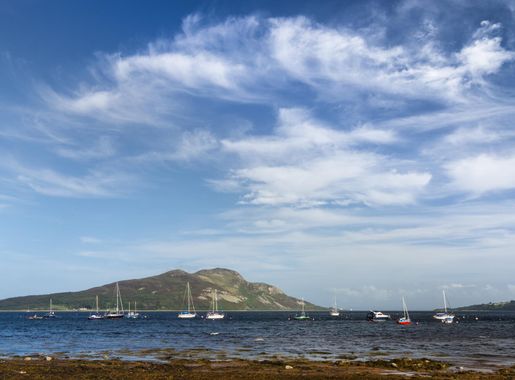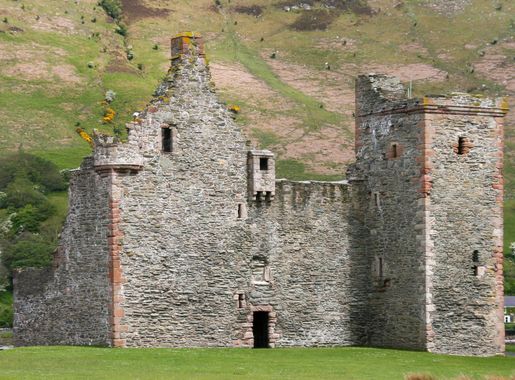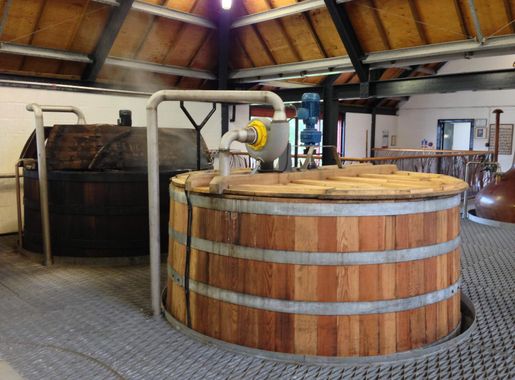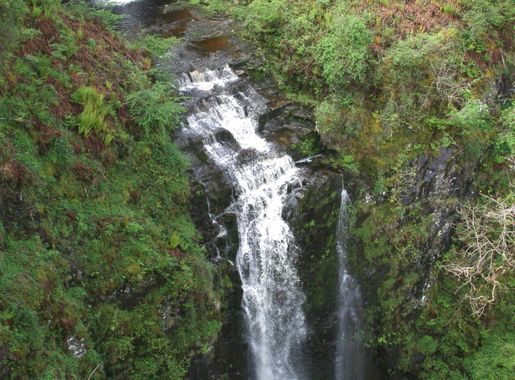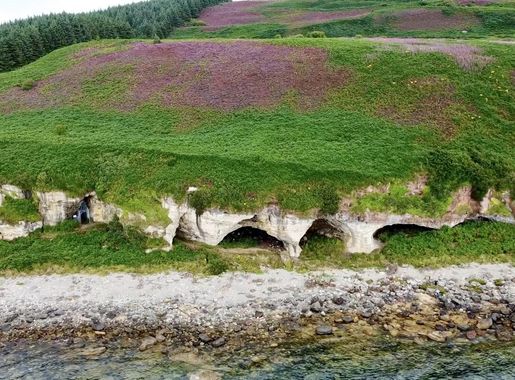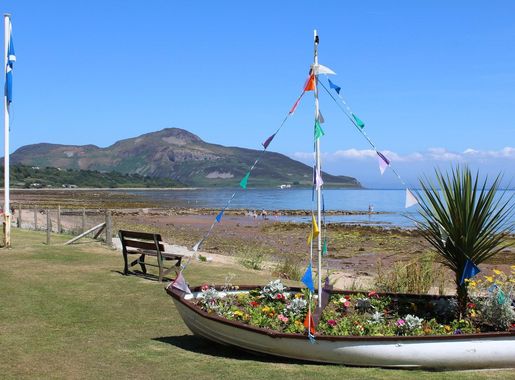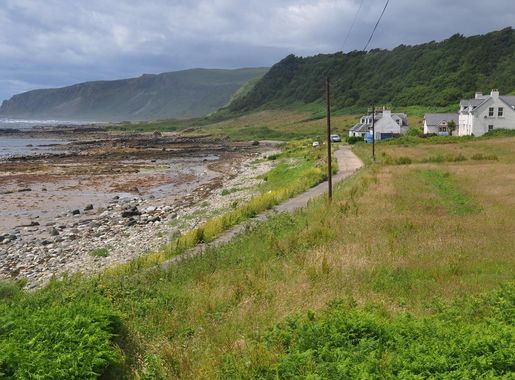
The Enchanting Isle of Arran: Scotland's Hidden Gem
Discover the Isle of Arran: Scotland's Miniature Wonderland of Natural Beauty, Rich History, and Vibrant Culture.
The Isle of Arran, often referred to as 'Scotland in Miniature', is a breathtaking island located off the west coast of Scotland. This enchanting destination offers a diverse landscape, from rugged mountains to serene beaches, making it the perfect getaway for nature enthusiasts and adventure seekers alike. Arran's highest peak, Goatfell, provides stunning panoramic views for those who brave the hike. The island is also home to picturesque villages such as Brodick and Lamlash, where charming local shops and cozy cafés await. For history buffs, the Brodick Castle and its beautiful gardens offer a glimpse into Scotland's rich past. Wildlife is abundant on the Isle of Arran. You may spot red deer, golden eagles, and even seals basking on the shores. The island's diverse ecosystem makes it a haven for bird watchers and animal lovers. Whether you're exploring its ancient standing stones or simply enjoying a tranquil walk along the coast, the Isle of Arran promises an unforgettable experience. The island also boasts a vibrant cultural scene, with local festivals, music events, and traditional Scottish cuisine. Be sure to try the island's famous Arran cheese and whisky, which are local delicacies. With its friendly locals and breath-taking scenery, the Isle of Arran is the perfect destination for a relaxing and enriching holiday.
Local tips in Isle of Arran
- Pack layers and waterproof clothing as the weather can change quickly.
- Rent a bike to explore the island at your own pace; the scenic routes are a cyclist's dream.
- Visit in May or September for fewer crowds and pleasant weather.
- Check the ferry schedules in advance, especially if you're planning a day trip.
- Try the local seafood; it's fresh and delicious.
- Book accommodations early during peak seasons to ensure availability.
The Enchanting Isle of Arran: Scotland's Hidden Gem
The Isle of Arran, often referred to as 'Scotland in Miniature', is a breathtaking island located off the west coast of Scotland. This enchanting destination offers a diverse landscape, from rugged mountains to serene beaches, making it the perfect getaway for nature enthusiasts and adventure seekers alike. Arran's highest peak, Goatfell, provides stunning panoramic views for those who brave the hike. The island is also home to picturesque villages such as Brodick and Lamlash, where charming local shops and cozy cafés await. For history buffs, the Brodick Castle and its beautiful gardens offer a glimpse into Scotland's rich past. Wildlife is abundant on the Isle of Arran. You may spot red deer, golden eagles, and even seals basking on the shores. The island's diverse ecosystem makes it a haven for bird watchers and animal lovers. Whether you're exploring its ancient standing stones or simply enjoying a tranquil walk along the coast, the Isle of Arran promises an unforgettable experience. The island also boasts a vibrant cultural scene, with local festivals, music events, and traditional Scottish cuisine. Be sure to try the island's famous Arran cheese and whisky, which are local delicacies. With its friendly locals and breath-taking scenery, the Isle of Arran is the perfect destination for a relaxing and enriching holiday.
When is the best time to go to Isle of Arran?
Iconic landmarks you can’t miss
Brodick Castle, Garden and Country Park
Explore Brodick Castle and its exquisite gardens, a historic treasure on the Isle of Arran offering breathtaking views and rich Scottish heritage.
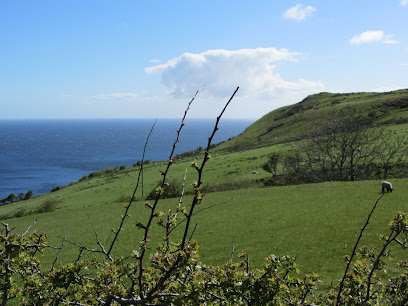
Lochranza Distillery
Explore the heart of whisky-making at Lochranza Distillery, where history, craftsmanship, and stunning landscapes converge on the Isle of Arran.
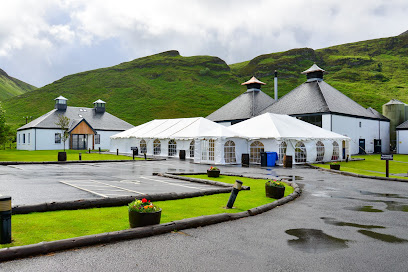
King's Caves
Explore the breathtaking beauty of King's Caves on the Isle of Arran, where stunning landscapes and rich history await every traveler.

Machrie Moor Standing Stones
Discover the ancient Machrie Moor Standing Stones on the Isle of Arran, a breathtaking blend of history and natural beauty in Scotland.

Arran Heritage Museum
Explore the rich history and vibrant culture of the Isle of Arran at the Arran Heritage Museum, a must-visit destination for every traveler.
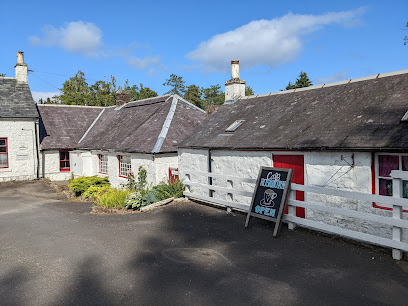
Giants' Graves
Explore the ancient burial mounds of Giants' Graves on the Isle of Arran, where history and natural beauty converge in a serene landscape.
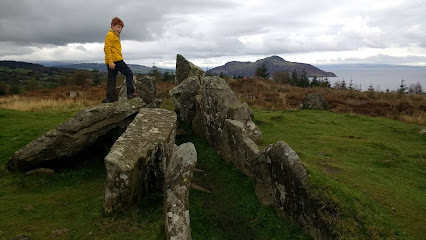
Lochranza Youth Hostel
Experience the beauty of the Isle of Arran at Lochranza Youth Hostel, your affordable gateway to Scotland's stunning landscapes and rich history.

Kildonan Castle
Explore Kildonan Castle, a historic ruin on the Isle of Arran, offering breathtaking views and a glimpse into Scotland's rich heritage.

VisitScotland Brodick iCentre
Explore the Isle of Arran from the Brodick iCentre, your gateway to adventure, local insights, and stunning scenery.

Kingscross Viking Fort
Discover the Kingscross Viking Fort on the Isle of Arran, a historical landmark showcasing Scotland's Viking heritage amidst breathtaking landscapes.
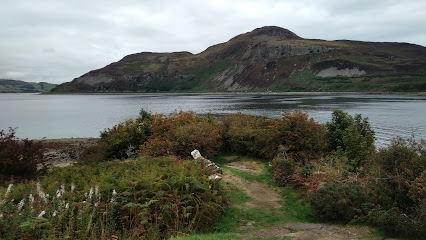
Lamlash Stone Circle
Explore the ancient wonders of Lamlash Stone Circle on the Isle of Arran, a serene historical landmark surrounded by breathtaking landscapes.

Devils Punch Bowl, Isle of Arran
Explore the stunning Devil's Punch Bowl on the Isle of Arran, a natural wonder offering breathtaking views, rich folklore, and invigorating hiking trails.
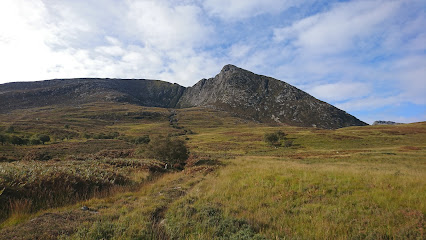
Wee Al's Bench
Discover the tranquil beauty and historical significance of Wee Al's Bench on the Isle of Arran, a must-see landmark with stunning coastal views.
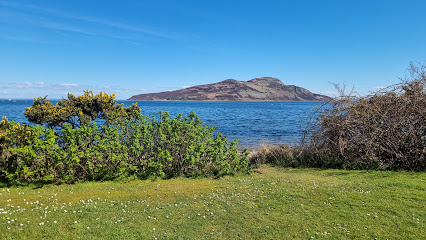
Unmissable attractions to see
Dunure Castle
Explore Dunure Castle, an iconic historical landmark overlooking the Firth of Clyde, showcasing Scotland's rich heritage and breathtaking coastal views.
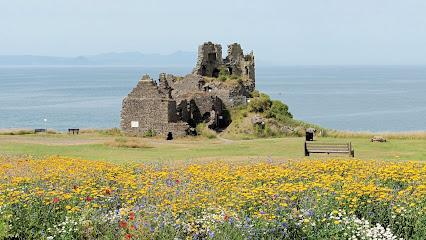
Lochranza Distillery
Discover the enchanting Lochranza Distillery on the Isle of Arran, where fine whisky meets breathtaking landscapes.
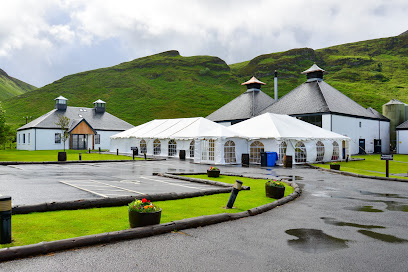
King's Caves
Discover the historical and natural wonders of King's Caves on the Isle of Arran, a perfect destination for hiking and exploration.
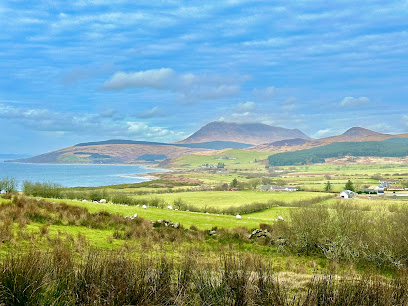
Machrie Moor Standing Stones
Explore the ancient mysteries of Machrie Moor Standing Stones on the Isle of Arran, a breathtaking blend of history and nature.
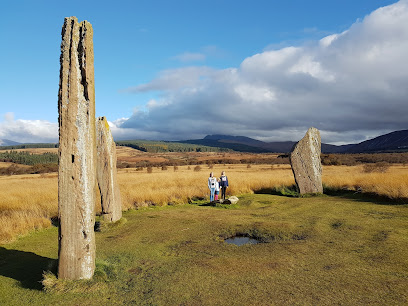
Arran Heritage Museum
Explore the Isle of Arran's past at the Arran Heritage Museum, where history comes alive through engaging exhibits and local artifacts.
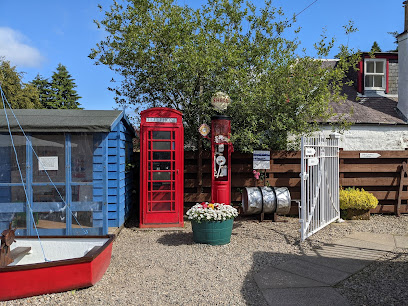
Electric Brae
Experience the mysterious Electric Brae in Scotland – a captivating optical illusion where gravity seems to reverse amidst stunning landscapes.

Turnberry Lighthouse
Discover the stunning views and rich maritime history at Turnberry Lighthouse, a must-visit tourist attraction on Scotland's beautiful Ayrshire coast.
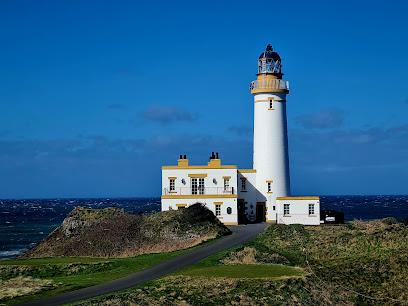
Giants' Graves
Discover the ancient burial mounds of Giants' Graves on the Isle of Arran, where history meets breathtaking coastal beauty.
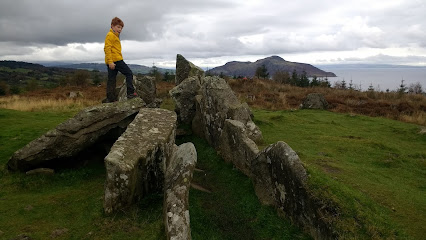
COAST Discovery Centre
Explore the COAST Discovery Centre in Lamlash for an enriching experience of marine life and environmental conservation on the Isle of Arran.
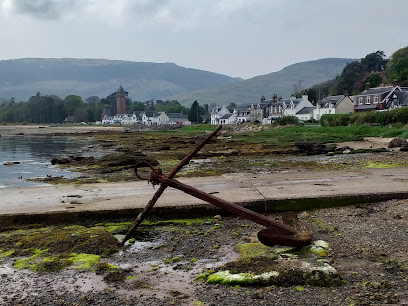
Eas a’ Chrannaig
Discover the breathtaking Eas a’ Chrannaig waterfall on the Isle of Arran, a perfect escape for nature lovers and adventure seekers.
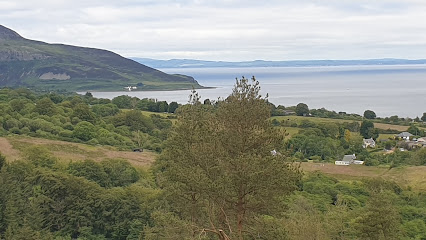
Ailsa Craig
Discover the breathtaking beauty of Ailsa Craig, a stunning volcanic island in Scotland, perfect for nature lovers and photographers seeking tranquility.
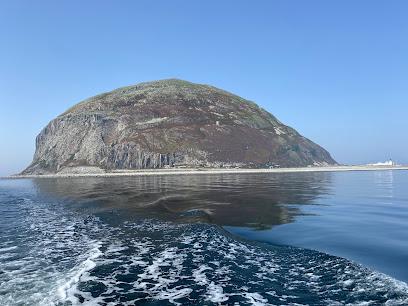
Kildonan Castle
Explore the ancient ruins of Kildonan Castle on the Isle of Arran, where history and stunning coastal views await every traveler.
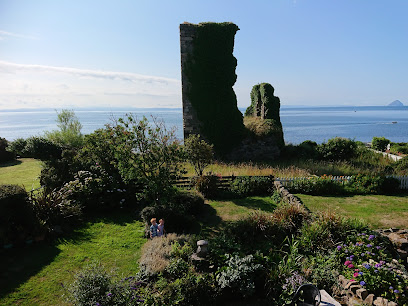
Bellevue Farm Tours and Holiday Cottages
Discover the beauty of Bellevue Farm Tours and Holiday Cottages—a unique blend of farm life and stunning landscapes in the Isle of Arran.
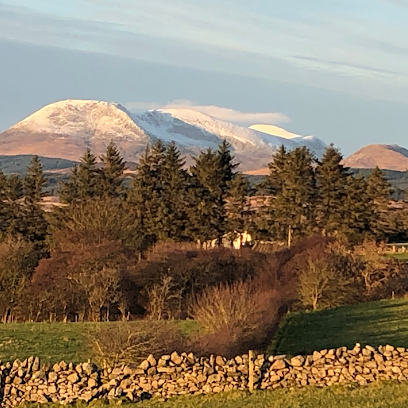
Sheep Harbour Cleats
Experience the stunning coastal beauty and tranquility of Sheep Harbour Cleats on the Isle of Arran, a perfect getaway for nature lovers.
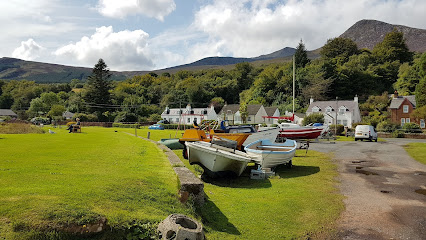
Blue Pools - Glen Rosa
Explore the breathtaking Blue Pools of Glen Rosa on the Isle of Arran, a serene natural paradise perfect for outdoor adventures and peaceful retreats.
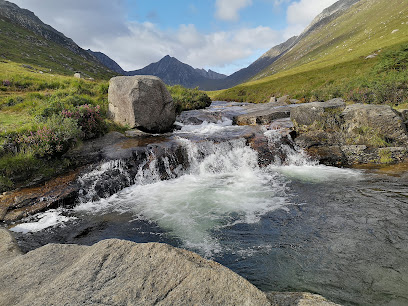
Essential places to dine
Drift Inn
Experience delightful local cuisine at The Drift Inn in Lamlash while soaking up stunning views of Isle of Arran's beautiful landscape.
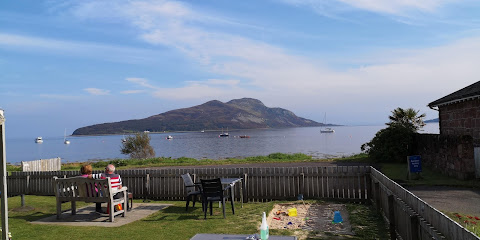
La Truffe Noire
Experience exceptional French cuisine at La Truffe Noire on the stunning Isle of Arran—where local ingredients meet culinary artistry.
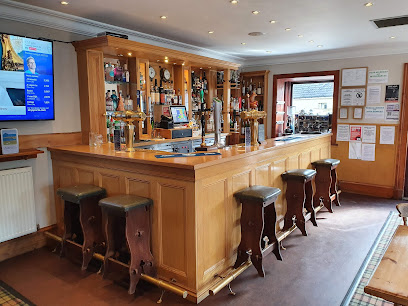
The Wineport Restaurant
Discover culinary excellence at The Wineport Restaurant on Isle of Arran—where local flavors meet stunning vistas.
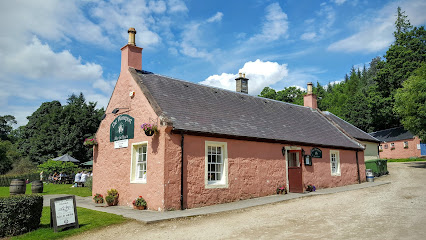
The Lighthouse
Discover exquisite dining at The Lighthouse on Isle of Arran, where local flavors meet breathtaking coastal views.
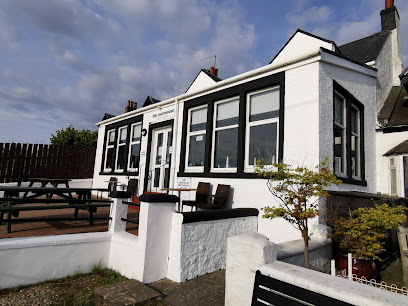
Coast Arran
Discover exceptional dining at Coast Arran on Isle of Arran - where local flavors meet stunning coastal views.
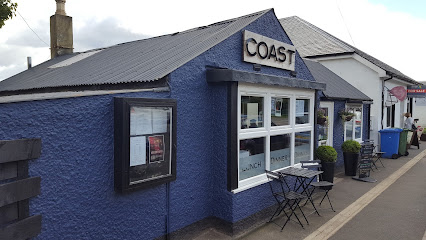
The Stags Pavilion
Discover the flavors of Isle of Arran at The Stags Pavilion – where fresh local ingredients meet stunning scenery.

The French Fox
Experience authentic French cuisine with local flair at The French Fox in Brodick, Isle of Arran – a must-visit for culinary enthusiasts.
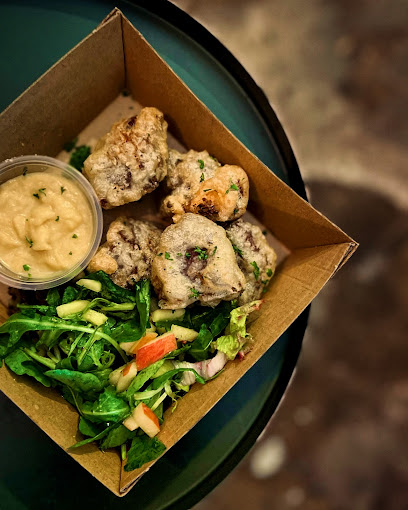
Duncans on the Green
Discover Duncans on the Green in Lamlash: A family-friendly restaurant offering delicious local cuisine amidst stunning Isle of Arran scenery.

Markets, malls and hidden boutiques
Arran Sense of Scotland
Explore Arran Sense of Scotland for authentic health and beauty products inspired by the Isle of Arran's natural splendor and rich cultural heritage.
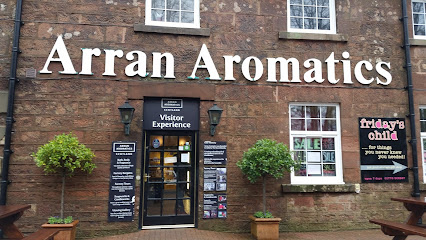
Co-op Food - Arran Brodick - Shore Street
Discover the essential convenience of Co-op Food in Brodick, Isle of Arran – your go-to stop for local treats and everyday necessities.

Arran Active
Explore the Isle of Arran with top-notch outdoor gear from Arran Active, your go-to shop for camping, clothing, and water sports equipment.
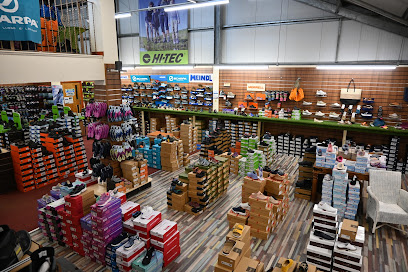
Arran Chocolate Factory
Discover the delightful Arran Chocolate Factory, where handcrafted chocolates meet the charm of the Isle of Arran, perfect for sweet lovers.
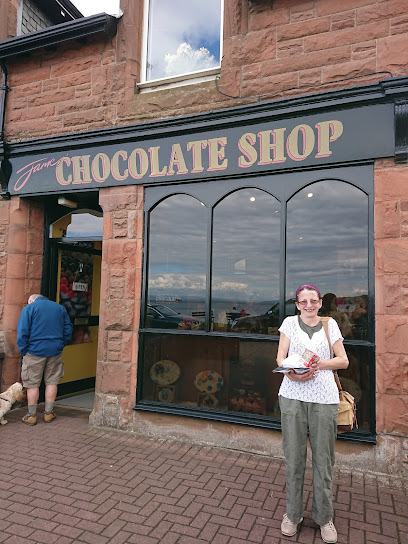
The Bay Kitchen and Stores
Discover the flavors of Arran at The Bay Kitchen and Stores, where gourmet groceries, delectable pastries, and fine wines await in Whiting Bay.
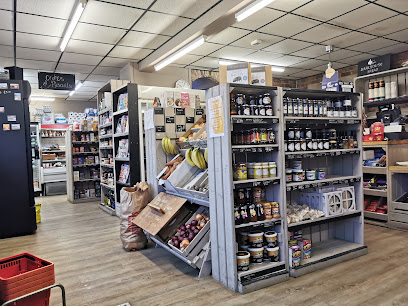
Arran Fine Foods
Explore Arran Fine Foods: Your destination for local delicacies and unique gifts on the Isle of Arran.
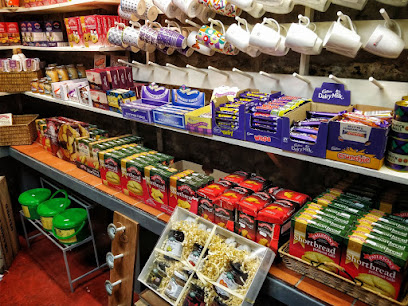
Inspirations Of Arran
Discover unique gifts and local crafts at Inspirations Of Arran, a charming gift shop on the beautiful Isle of Arran.
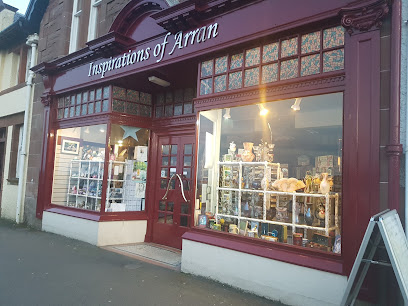
The Old Byre Visitor Centre
Discover The Old Byre Visitor Centre on Isle of Arran, where shopping, dining, and family fun come together in a beautiful setting.
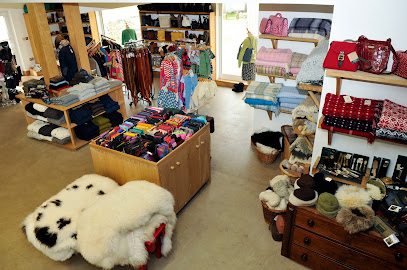
Co-op Food - Arran Invercloy - Main Street
Discover local flavors and everyday essentials at Co-op Food - Arran Invercloy, your go-to convenience store on the Isle of Arran.

The Harbour Shop
Discover unique souvenirs and local treasures at The Harbour Shop in Blackwaterfoot, Isle of Arran, capturing the island's spirit in every item.
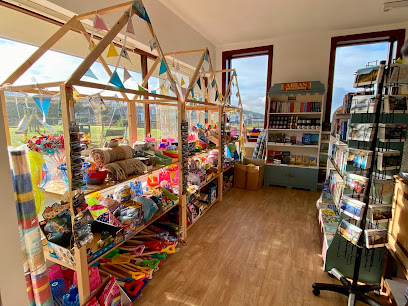
The Taste of Arran Shop
Experience the flavors of the Isle of Arran with local artisan gifts and delicious ice cream at The Taste of Arran Shop in Brodick.
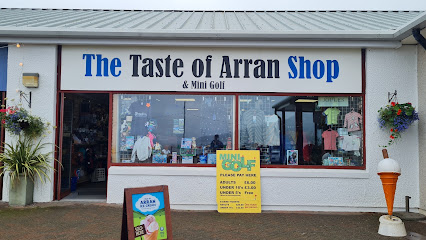
Co-op Food - Arran Lamlash - Main Street
Experience the heart of Lamlash at Co-op Food, your go-to convenience store for groceries and local treats on the Isle of Arran.
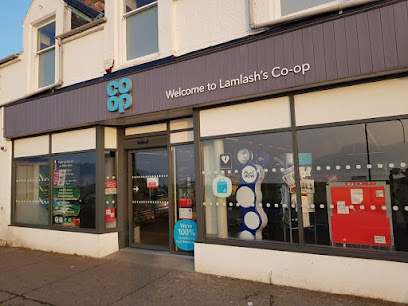
BAY WOOL & CRAFTS
Explore the vibrant arts and crafts scene at Bay Wool & Crafts on the Isle of Arran, where creativity meets stunning coastal beauty.
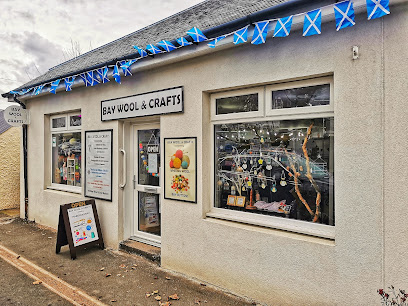
Chameleon Arran Boutique
Discover unique fashion at Chameleon Arran Boutique in Lamlash, a stylish destination for ladies' clothing on the beautiful Isle of Arran.

Red Door
Explore Red Door, a charming gift shop in the Isle of Arran, offering unique souvenirs and local artisan treasures that capture the island's spirit.
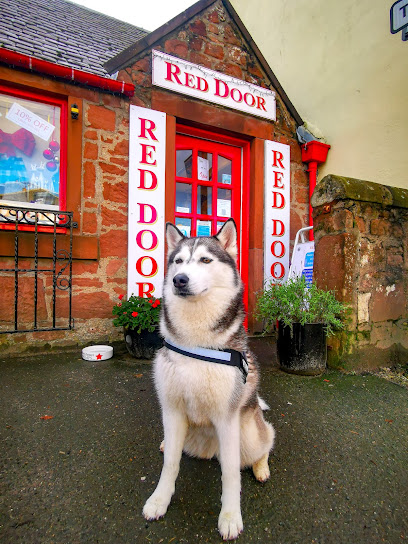
Essential bars & hidden hideouts
Little Rock Cafe & Wee Deli
Experience the culinary delights of Isle of Arran at Little Rock Cafe & Wee Deli, where local flavors meet a cozy atmosphere.
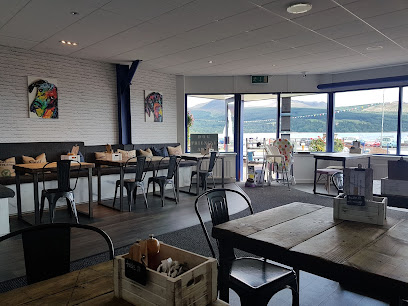
Pierhead Tavern
Experience the charm of Pierhead Tavern in Lamlash, where delicious food meets stunning coastal views on the Isle of Arran.
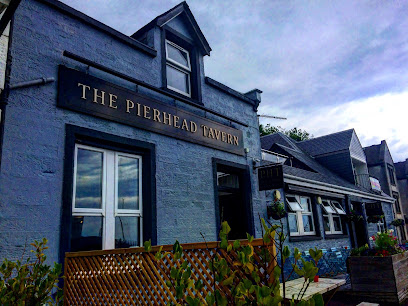
Drift Inn
Discover the coastal charm of Drift Inn in Lamlash, Isle of Arran – a perfect dining spot for locals and tourists alike with stunning views and delicious flavors.
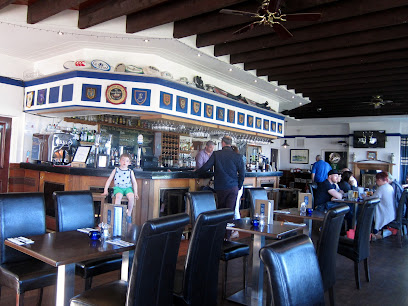
La Truffe Noire
Experience the essence of French gastronomy at La Truffe Noire, Isle of Arran's premier dining destination offering locally sourced delights.
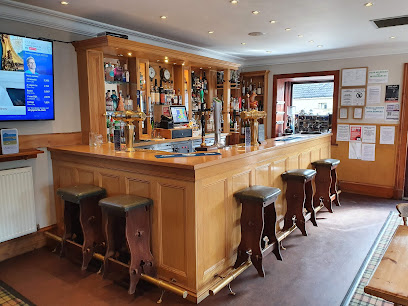
Ormidale Hotel
Experience the charm of the Isle of Arran at Ormidale Hotel, where comfort meets local hospitality amidst stunning natural beauty.

Café Thyme
Experience the flavors of the Isle of Arran at Café Thyme, where fresh, locally sourced ingredients meet stunning views and a warm atmosphere.
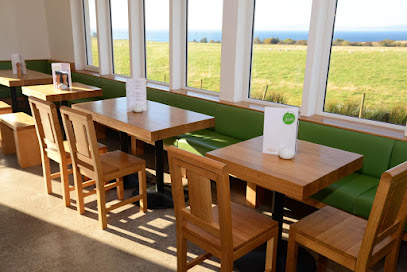
Mara Fish Bar & Deli
Discover fresh, local seafood and delightful takeaway options at Mara Fish Bar & Deli, the Isle of Arran's culinary treasure.
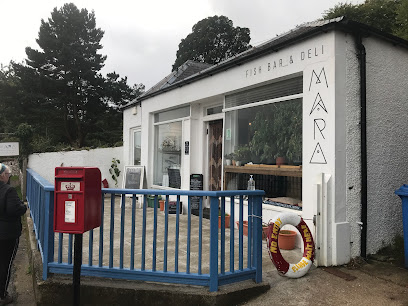
The Wineport Restaurant
Discover the perfect blend of local flavors and scenic views at The Wineport Restaurant on the Isle of Arran.
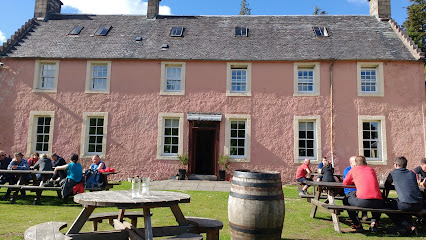
The Shore
Experience exquisite dining with stunning coastal views at The Shore, a premier restaurant and café on the Isle of Arran.
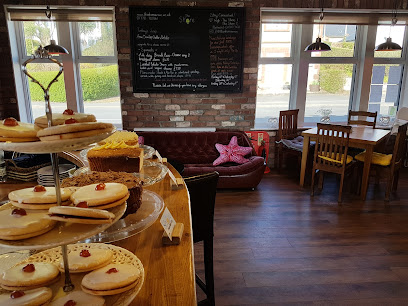
The Shurig
Discover the flavors of Scotland at The Shurig, a grill restaurant in Whiting Bay, Isle of Arran, known for its local ingredients and warm hospitality.
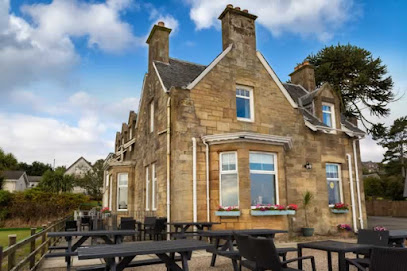
Cruize Bar Brasserie
Experience a family-friendly dining atmosphere at Cruize Bar Brasserie, where delicious food meets stunning views in Brodick.
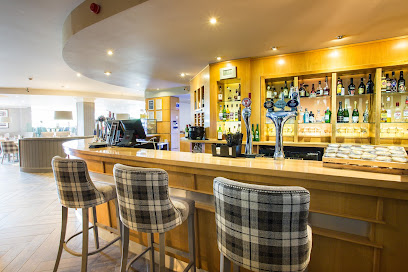
Lochranza Country Inn
Discover the perfect blend of comfort, local flavors, and scenic beauty at Lochranza Country Inn on the Isle of Arran.
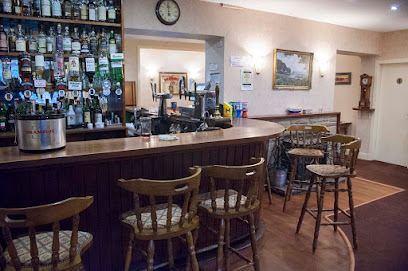
The Lagg Inn 1791
Experience the charm of The Lagg Inn 1791, a cozy bar and hotel on the Isle of Arran, perfect for enjoying local cuisine and drinks.
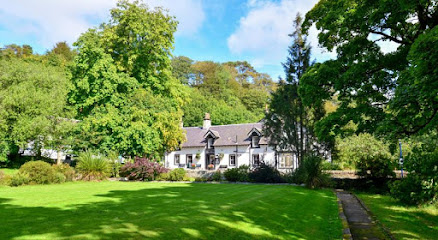
Brambles Seafood + Grill
Experience the best of local seafood at Brambles Seafood + Grill in Brodick, Isle of Arran, where flavor meets sustainability.
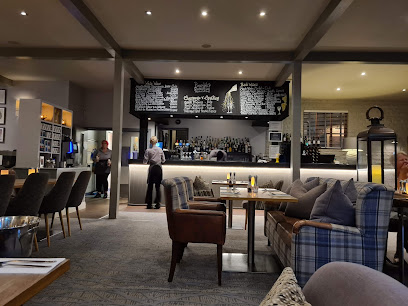
Eighteen69
Experience the vibrant flavors of Spain at Eighteen69, a top-rated tapas restaurant in the scenic Auchrannie Resort, Brodick.
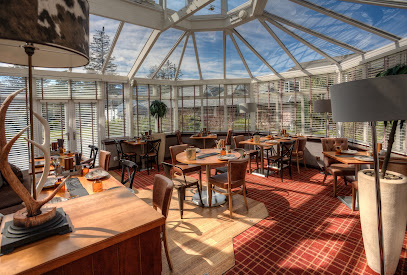
Local Phrases about Isle of Arran
-
- HelloHalo
[ha-lo] - GoodbyeCheerio
[chee-ree-o] - YesAye
[aye] - NoNaw
[naw] - Please/You're welcomePlease/Ye're welcome
[pleez/ye're welcome] - Thank youThank ye
[thank ye] - Excuse me/SorryExcuse me/Sorry
[ex-kyooz me/sor-ree] - How are you?Hoo are ye?
[hoo are ye] - Fine. And you?Fine. An' hoo are ye?
[fine. an' hoo are ye] - Do you speak English?Dae ye speak Inglis?
[day ye speak in-glis] - I don't understandA dinnae unnerstaun
[a din-ay un-ner-staun]
- HelloHalo
-
- I'd like to see the menu, pleaseA wad like tae see the menu, please
[a wad like tay see the menu, pleez] - I don't eat meatA dinnae eat meat
[a din-ay eat meet] - Cheers!Slàinte!
[slahn-cha] - I would like to pay, pleaseA wad like tae pay, please
[a wad like tay pay, pleez]
- I'd like to see the menu, pleaseA wad like tae see the menu, please
-
- Help!Help!
[help] - Go away!Gae awa!
[gay a-wa] - Call the Police!Caw the Polis!
[caw the po-liss] - Call a doctor!Caw a docter!
[caw a doc-ter] - I'm lostA'm tint
[a-m tint] - I'm illA'm no weel
[a-m no weel]
- Help!Help!
-
- I'd like to buy...A wad like tae buy...
[a wad like tay buy] - I'm just lookingA'm jist leukin
[a-m jist look-in] - How much is it?Hoo much is it?
[hoo much is it] - That's too expensiveThon's ower dear
[thon's o-wer deer] - Can you lower the price?Can ye ding doon the price?
[can ye ding doon the price]
- I'd like to buy...A wad like tae buy...
-
- What time is it?Fit time is it?
[fit time is it] - It's one o'clockIt's yin o'clock
[it's yin o-clock] - Half past (10)Half past (10)
[half past (10)] - MorningMornin
[mor-nin] - AfternoonEftirnune
[ef-ter-nun] - EveningEvenin
[ev-nin] - YesterdayYestreen
[yes-treen] - TodayThe day
[the day] - TomorrowThe morn
[the morn] - 1Yin
[yin] - 2Twa
[twa] - 3Three
[three] - 4Fower
[fow-er] - 5Five
[five] - 6Six
[six] - 7Seiven
[sev-en] - 8Eight
[ate] - 9Nine
[nine] - 10Ten
[ten]
- What time is it?Fit time is it?
-
- Where's a/the...?Whaur's a/the...?
[whaur's a/the] - What's the address?Fit's the address?
[fit's the address] - Can you show me (on the map)?Can ye shaw me (on the map)?
[can ye shaw me (on the map)] - When's the next (bus)?Whan's the nixt (bus)?
[whan's the nixt (bus)] - A ticket (to ....)A ticket (tae ....)
[a ticket (tay)]
- Where's a/the...?Whaur's a/the...?
History of Isle of Arran
-
The Isle of Arran has a rich prehistoric heritage, evidenced by numerous standing stones, stone circles, and burial cairns scattered across the island. The Machrie Moor Stone Circles are among the most significant, showcasing the island's ancient ceremonial landscape dating back to around 2000 BCE.
-
During the Iron Age, the Isle of Arran was dotted with fortified settlements known as duns. The best-preserved example is Dun Fionn, which overlooks the southern end of the island and provides a glimpse into the defensive structures used by the early inhabitants.
-
The Isle of Arran was not immune to Viking raids, and Norse settlers left their mark on the island. The place names around Arran, such as Sannox (Sandvik), reflect this Norse heritage. The Vikings used Arran as a strategic base during their campaigns in Scotland.
-
In the medieval period, the Isle of Arran was part of the Kingdom of the Isles and was ruled by the Lords of the Isles. Brodick Castle, which dominates the landscape, has its origins in this period, although it was extensively remodeled in later centuries.
-
During the Scottish Wars of Independence, the Isle of Arran was a key strategic location. Robert the Bruce is said to have taken refuge on Arran in 1307, before his eventual victory at the Battle of Bannockburn in 1314. The King's Cave on Arran is traditionally associated with his time on the island.
-
From the 15th century onwards, the Isle of Arran was controlled by the Hamilton family. Under their rule, Brodick Castle was expanded and the island's agricultural productivity was increased. The Hamiltons played a significant role in shaping the economic and social landscape of Arran.
-
In the 19th century, the Isle of Arran became a popular destination for Victorian tourists. The arrival of steamships and the construction of the pier at Brodick made the island more accessible. Victorian visitors were drawn to Arran's natural beauty and its reputation as 'Scotland in Miniature.'
-
During World War II, the Isle of Arran was used as a training ground for commando units. The rugged terrain provided an ideal environment for preparing troops for the challenges they would face in combat. Remnants of military installations can still be found on the island.
-
Today, the Isle of Arran continues to be a popular tourist destination, known for its stunning landscapes, outdoor activities, and rich history. The island's heritage is preserved in sites such as Brodick Castle, the Arran Heritage Museum, and the many ancient monuments that dot the landscape.
Isle of Arran Essentials
-
The Isle of Arran is located off the west coast of Scotland. The primary access point is via ferry from Ardrossan on the mainland to Brodick on Arran. The ferry is operated by Caledonian MacBrayne (CalMac) and the journey takes about 55 minutes. Ardrossan is accessible by train from Glasgow, with regular services provided by ScotRail. During the summer months, there is also a ferry service from Claonaig to Lochranza on the northern part of the island.
-
Public bus services on the Isle of Arran are operated by Stagecoach and cover most parts of the island, making it convenient to travel between villages and attractions. Car rentals are available, and having a car can offer greater flexibility for exploring the more remote areas. Taxis are also an option but need to be booked in advance. Cycling is popular due to the scenic routes, and bicycles can be rented locally. Walking is an excellent way to explore the island's natural beauty, especially in areas like Brodick and Lamlash.
-
The official currency is the British Pound (GBP). Credit and debit cards are widely accepted in most hotels, restaurants, and shops. However, it is advisable to carry some cash, especially when visiting smaller establishments or rural parts of the island. There are ATMs available in major villages like Brodick and Lamlash.
-
The Isle of Arran is generally a very safe destination for tourists. Crime rates are low, and there are no specific areas with high crime rates targeting tourists. Standard safety precautions should be taken, such as not leaving belongings unattended and avoiding walking alone at night in isolated areas. Always be mindful of the natural environment, as weather conditions can change rapidly.
-
In case of emergency, dial 999 for immediate assistance from police, fire, or medical services. The island has a medical practice in Brodick and a smaller one in Lamlash. Arran War Memorial Hospital in Lamlash provides emergency and minor injury services. It is highly recommended to have travel insurance that covers medical emergencies. For minor health issues, there are local pharmacies in Brodick and Lamlash where you can purchase over-the-counter medications.
-
Fashion: Do wear comfortable and weather-appropriate clothing, especially if hiking or exploring outdoors. Layers are advisable due to variable weather. Religion: Do respect the local churches and religious sites. Dress modestly when visiting these places. Public Transport: Do be respectful to bus drivers and fellow passengers. Don't play loud music or engage in disruptive behavior. Greetings: Do greet locals with a friendly 'hello' or 'hi'. A handshake is also acceptable. Eating & Drinking: Do try the local produce and delicacies, such as Arran cheese and Arran whiskey. Don't refuse hospitality, as it is considered polite to accept offerings graciously.
-
To experience the Isle of Arran like a local, visit the local farmers' markets where you can buy fresh produce and handmade goods. Engage with locals at community events or in pubs where traditional music is often played. Explore lesser-known trails and beaches to avoid the crowds and discover hidden gems. Don't miss the Machrie Moor Stone Circles for a unique historical experience. For a memorable experience, participate in outdoor activities like kayaking, golfing, or wildlife watching.
Trending Landmarks in Isle of Arran
-
Brodick Castle, Garden and Country Park
-
Lochranza Distillery
-
King's Caves
-
Machrie Moor Standing Stones
-
Arran Heritage Museum
-
Giants' Graves
-
Lochranza Youth Hostel
-
Kildonan Castle
-
VisitScotland Brodick iCentre
-
Kingscross Viking Fort
-
Lamlash Stone Circle
-
Devils Punch Bowl, Isle of Arran
-
Wee Al's Bench
Nearby Cities to Isle of Arran
-
Things To Do in Stirling
-
Things To Do in Belfast
-
Things To Do in Edinburgh
-
Things To Do in Derry
-
Things To Do in Ramsey
-
Things To Do in Kirk Michael
-
Things To Do in Peel
-
Things To Do in Laxey
-
Things To Do in Onchan
-
Things To Do in Douglas
-
Things To Do in Port Erin
-
Things To Do in Ballasalla
-
Things To Do in Port St Mary
-
Things To Do in Dundee
-
Things To Do in Castletown

